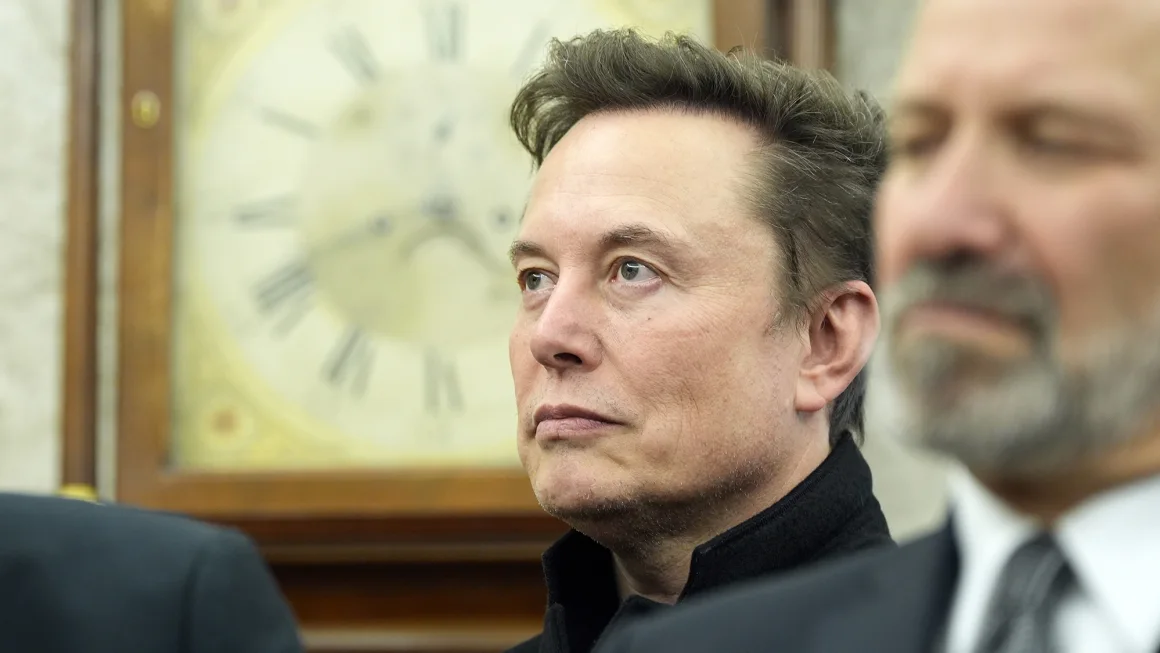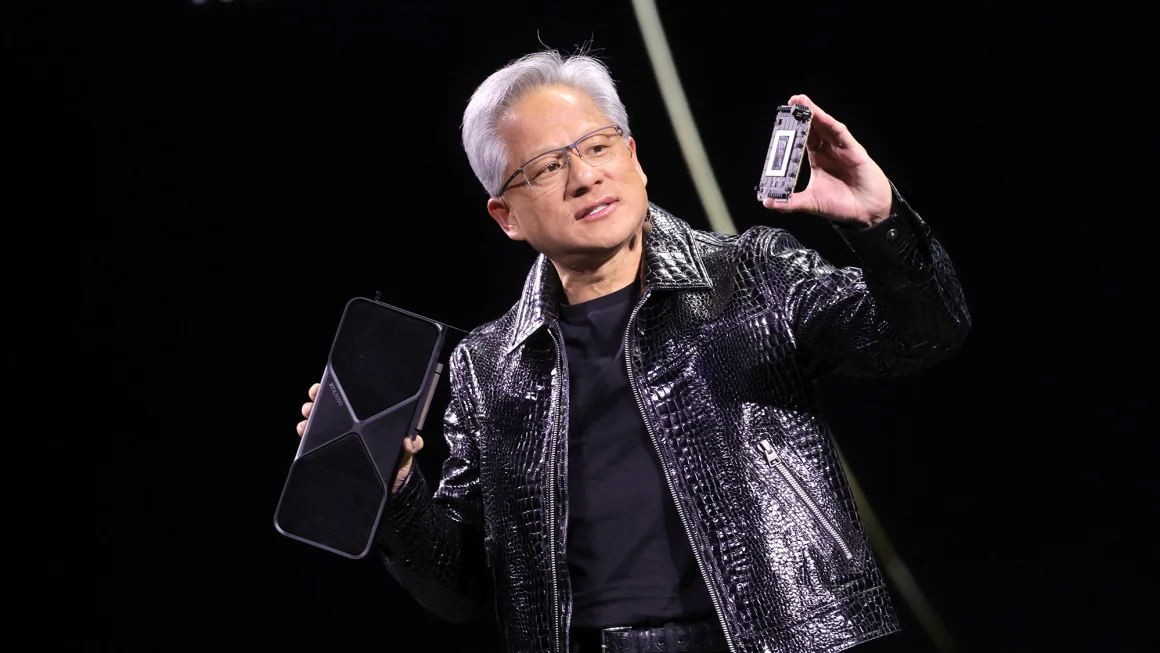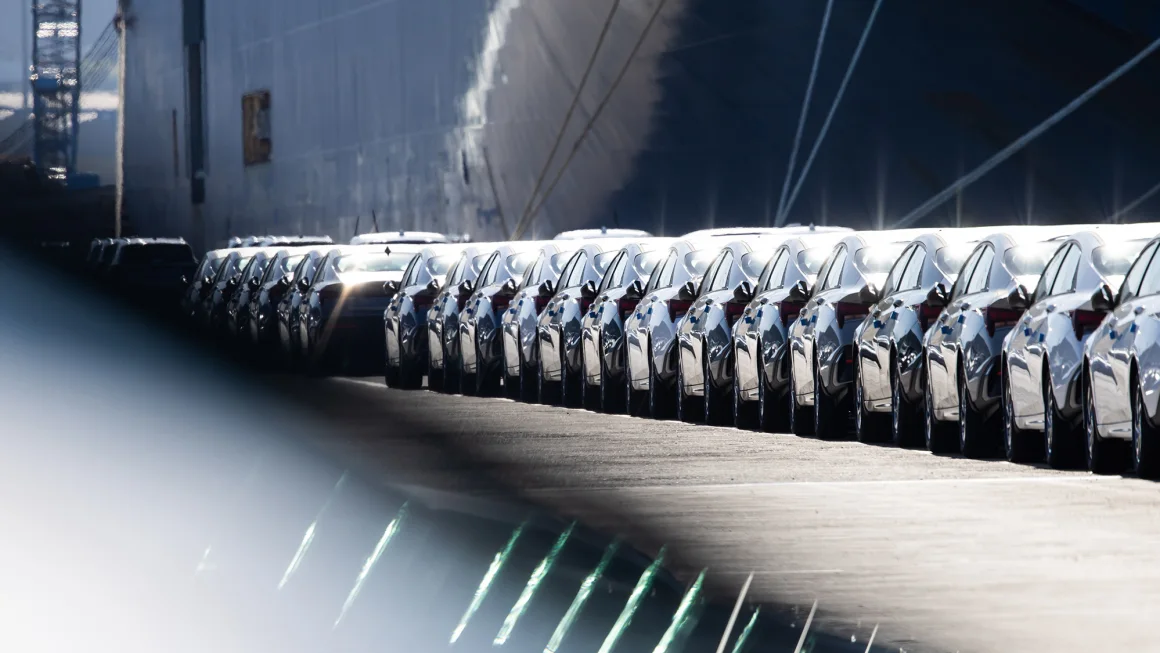In January, a striking display of humanoid robots performing traditional Chinese dances at the Lunar New Year gala captivated over a billion viewers, showcasing China’s rapid advancements in robotics. This high-profile performance, along with recent viral videos of Chinese humanoid robots executing impressive stunts like cycling and flips, has underscored China’s growing presence in the field.
Although mass production of humanoids is still in its early stages, competition is intensifying. Tesla’s Optimus, introduced by Elon Musk in 2022, remains a frontrunner. Musk recently projected that Optimus alone could generate over $10 trillion in revenue. However, Chinese companies are quickly catching up, aiming to position humanoid robots as essential consumer electronics in the coming decade.
Global Race for Humanoid Robotics
Tech giants in both the U.S. and China are investing heavily in humanoid robots. Microsoft, Nvidia, and Jeff Bezos have backed Figure AI, an American robotics company, while Meta is reportedly planning significant investments in the sector. Meanwhile, China is leveraging its industrial dominance and cost-effective supply chains to accelerate production.
Goldman Sachs estimates the humanoid robot market will reach $38 billion by 2035, with industrial shipments projected at 250,000 units within five years and consumer sales expected to hit one million units annually in the next decade.
China’s Strategic Push
With the U.S. imposing restrictions on advanced technology exports, China is doubling down on self-sufficiency. The Chinese government, eager to replicate its success in electric vehicles, has identified humanoid robotics as a strategic priority. In 2023, the Ministry of Industry and Information Technology set a goal for mass production and secure supply chains by 2025. Local governments in Beijing, Shanghai, and Shenzhen have pledged at least $10 billion in funding to boost research and development.
Strengths and Challenges for China
China already dominates the industrial robot market, deploying more units annually than the rest of the world combined. However, its humanoid robotics sector faces key technological hurdles. Despite controlling 56% of the global humanoid robot supply chain, China still relies on foreign companies for critical components like AI chips, high-precision sensors, and robotic operating systems. Nvidia remains a dominant player in AI chip production, but U.S. export restrictions have spurred China to develop domestic alternatives.
In response, Chinese manufacturers are collaborating with Tesla by supplying components, refining them based on feedback, and improving their own products. This iterative process is strengthening China’s robotics industry while narrowing the technology gap.
Cost Disruption and Future Outlook
China is emerging as a cost leader in the humanoid robotics space. Companies like Shenzhen-based Engine AI and Unitree have launched humanoid models priced between $12,175 and $13,697, significantly undercutting Tesla’s projected $20,000–$30,000 range for Optimus.
Established Chinese electric vehicle manufacturers, including BYD and XPeng, are also entering the humanoid sector, leveraging their expertise in sensors, batteries, and mass production. XPeng plans to mass-produce its Iron humanoid robot by late 2025, while BYD is actively recruiting experts to develop its own model.
China’s declining workforce due to demographic shifts has further accelerated the push for humanoid robots. If these robots achieve large-scale deployment, they could play a critical role in offsetting labor shortages and boosting economic productivity.
With China ramping up efforts to lead the humanoid robotics revolution, the global race is heating up, setting the stage for a transformative shift in both industrial and consumer markets.














